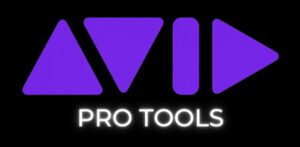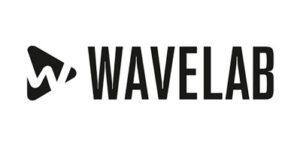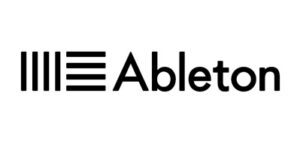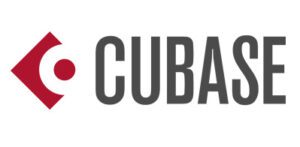Digital Audio Workstations (DAWs) have revolutionized the music production process, providing artists and producers with powerful tools to create, mix, and master their music. In this blog article, we will delve into the most used DAWs for specific tasks, including mixing, mastering, DJing, sound designing, and film composing. Let’s explore the top choices in each category.
The Most Used DAW for Mixing
When it comes to mixing music, one DAW stands out as the industry favorite – Pro Tools.


Known for its powerful editing capabilities, intuitive interface, and extensive plugin compatibility, Pro Tools has become the go-to choice for professional mix engineers. With its robust mixing features, comprehensive automation options, and advanced routing capabilities, Pro Tools provides a seamless workflow for achieving a polished, professional mix.
The Most Used DAW for Mastering
Mastering is the final step in the music production process, where tracks are fine-tuned for optimal sonic quality and prepared for distribution.


In the realm of mastering, the most widely used DAW is Steinberg’s WaveLab. WaveLab offers a comprehensive set of tools specifically designed for mastering, including advanced audio analysis, precise editing capabilities, and extensive mastering-specific plugins. With its seamless integration of mastering workflows and intuitive user interface, WaveLab has become the go-to choice for mastering engineers worldwide.
The Most Used DAW by DJs
When it comes to DJing, Ableton Live takes the lead as the preferred DAW.


With its flexible session view, intuitive clip launching, and real-time performance capabilities, Ableton Live offers DJs the ultimate tool for creating dynamic live sets and remixing tracks on the fly. Its extensive library of effects and instruments, combined with its tight integration with popular DJ controllers, makes Ableton Live the go-to choice for DJs seeking a versatile and creative platform.
The Most Used DAW by Sound Designers
Sound designers are responsible for creating unique and immersive audio experiences in various mediums, such as video games and films.


In this realm, Logic Pro X stands out as the DAW of choice for sound designers. With its vast collection of virtual instruments, powerful synthesis capabilities, and comprehensive sound library, Logic Pro X offers sound designers endless possibilities to craft intricate soundscapes and effects. Its intuitive workflow and robust editing tools make Logic Pro X the ideal companion for sound designers pushing the boundaries of audio creativity.
The Most Used DAW by Film Composers
Film composers require a DAW that can handle the complexity of composing music for visual media.


In this domain, Steinberg’s Cubase has emerged as the most used DAW by film composers. With its advanced scoring features, extensive MIDI editing capabilities, and seamless integration with video, Cubase provides composers with the tools needed to bring their musical ideas to life. Its rich orchestral libraries, comprehensive mixing capabilities, and film-specific functionality make Cubase the top choice for film composers seeking a professional and efficient workflow.
Conclusion
Digital Audio Workstations have become the backbone of modern music production, providing artists, engineers, and composers with limitless creative possibilities. Pro Tools dominates the mixing realm, while WaveLab leads the mastering landscape. Ableton Live is the go-to choice for DJs, Logic Pro X excels in sound design, and Cubase stands out for film composers. By understanding the strengths and features of these popular DAWs, you can choose the best tool to bring your musical vision to fruition.